After spending so much time in and around buildings that have been around since the 12th century it's a bit odd to be in Lisbon where almost nothing predates the 18th century. That is because the city of Lisbon was completely destroyed by an earthquake in 1755.
A Portuguese graffiti artist named Vhils has created amazing murals all around the city. The one in the middle includes collaged found objects to give it dimension. Unlike Banksy his identity is well known.
So much art was destroyed in the earthquake that any art in museums or private collections was destroyed. The Museu de Arte Antiga is the major art museum in Lisbon featuring art through the 19th century. These are some of the works that attracted my attention as they are by Spanish artists from left to right on the top Zuburan, el Greco, Orette (Portuguese), and Velasquez. I chose these samples from the permanent collection all of which were acquired in the 19th or 20th centuries as they are good references for the special show they were having.
Just to give you an idea of the variety in this museum's collection we have from left to right Hieronymus Bosch, Pieter de Hooch, Elizabeth Vigee-leBrun, and Gustave Courbet. This is where we saw more work by Josefa of Obidos along side her father's work.
Shared Identities was a special show at the Museu de Arte Antiga that explored the relationship between Spanish and Portuguese artists in the Middle Ages and the Renaissance. There has always been a love/hate relationship between Spain and Portugal though the relationship between artists of these two nations has been rich and fulfilling for both. Flemish realism also influenced artists from both countries creating an amazing array of beautiful works and underlining the fact that there was a lot of travel within Europe. These are some of them. Luis Morales, painting in medieval style including the use of gold inherited from Islamic art, depicts a saint who was studying a flask of urine to determine sickness (quite advanced), Vasco Pereira Lusitano who spent much time in Seville and included da Vinci's sfumato technique for showing depth, and Juan Pantoja influenced by Flemish portraits of the time.
Taking a day to visit Sintra about an hour from Lisbon on the slopes of the Serra mountains, a coastal range. It was a favorite retreat for the kings and queens of Portugal. The town is a UNESCO recognized town and just like Lisbon it requires a lot of walking on cobblestones up and down.

In the heart of the village is the National Palace with an unusual pair of chimneys that distinguish it. The main part of the palace, in Gothic style was built in the 14th century on a site once occupied by the Moors who also treasured this location for its beautiful natural surroundings and abundant water. It continued to be the royal residence until the 1880s. The different styles are due to additions made over several centuries.
Most of the rooms radiate from a central space, all have amazing ceilings, tiled walls, and Islamic style arched doorways. There is a small formal garden outside and the chapel is in restoration right now as you can see in the center.
Monserrate is located in the center of the forest, a forest mostly planted with exotic trees from around the world. The garden at this palace includes a California redwood. The history of this place also dates back to Moorish occupation. The gardens were landscaped in the 18th century by a wealthy Englishman named William Beckford, later immortalized by Lord Byron in 1812. In 1856 the abandoned estate was purchased by another Englishman, Sir Francis Cook, a textile merchant, one of the three wealthiest Britons at the time, who built the present Moorish style palace. Restoration is in progress. In the top middle you will see a cromlech from prehistoric times that was discovered on the property.

The Pena Palace, the one at the top of the hill, is an eclectic mix of architectural styles with a long history. Just like th park that surrounds it with exotic trees and plants, the palace draws from Moorish, early Christian, Gothic, and Renaissance styles. It was mostly built in the 19th century by the husband of Queen Maria II, who personally designed many of its elements. It pays to be king.
Pena Palace stands on the ruins of an early monastery which of course was built on the ruins of Arabic habitation, a small remnant of which can be seen in the lower middle slide. The last slide in this set is of the Moorish fortress on the next hill over. Also notice the Manueline style window over the arch in the lower left. This was a summer palace and lived in by Portuguese royalty until the early 20th century when it was turned into a museum preserved as it had been when the royal family lived there as a summer retreat from the palace in town.
Queen Maria had 12 children and died in child birth with the 12th. Not too long after Ferdinand, her husband and architect of this palace fell in love with Elisa Hensler who was an artist herself and created the paintings you see in the center which look out of place with the rest of the decor, as they were painted in the 19th century, art nouveau style. Lower left is a good example of a tromp l'oeil ceiling and you can see the amalgamation of the varied styles in this Disneyland type of palace.
Not to be outdone, a wealthy eccentric named Augusto Monteiro had to build his own palace from 1904-1910 in Sintra. He was into occult rituals and there are numerous reference to that in the palace and garden but it was one hill too many so we did not go inside.
One the most visible buildings in Lisbon is the Santa Egracia or the city's equivalent of a Pantheon. The church that occupied the location before, collapsed in 1681 and this baroque style building was started in 1682 but not completed for almost 300 years. There is a Portuguese saying that a Santa Egracia job is one that is never completed. Among the luminaries buried here are from left to right Aristide de Sousa Mendez who was ambassador to Paris during World War II and managed to get exit papers for many people to Portugal, saving their lives as Portugal remained neutral during the war. He is acknowledged as a Righteous person and that is a floral arrangement from the German government, in the middle is Amalia Rodriguez the most famous Fado singer and lastly Vasco de Gama, the explorer.
The Castelo de Sao Jorge overlooks the whole city of Lisbon, at the highest point. There is a great view over the city to the Tagus River from there. Following the recapture of Lisbon from the Moors in 1147, King Afonso Henriques made this his residence. It fell into disuse and was heavily damaged in the 1755 earthquake. In 1938 the dictator, Salazar reconstructed the "medieval" walls and added gardens and peacocks whose descendants can still be seen there. You can see one in the next set of pictures on the far right.
There is evidence of habitation here from prehistoric times to the Romans and of course early Christians (the stone plaque in Latin). Some high school students were being treated to a medieval play while we were there though in Portuguese so we could not understand what was being said but fun to watch nonetheless as the players were dressed in Medieval garb. The cannon at the bottom is a facsimile of the type that was used when the castle was in full use.
The Calouse Gulbenkian Foundation is a private collection of almost 6000 works of art. The collection spans over 4000 years with works from Egypt, Mesopotamia, Greece and Rome, Islamic, Asian, and a very complete collection of European art. Here are a few examples which include works of Domenico Ghirlandaio, Mary Cassatt, and JMW Turner. It was laid out in a spacious and flowing manner. Quite a pleasure to visit. The only question is about the ancient works collected from dealers and auctions that may or may not have been acquired legitimately. Gulbenkian supposedly began collecting as a child in Istanbul where his family was in the oil business at the turn of the 20th century.
The National Museum of Azulejo (tiles) was established in a former convent to both educate about and preserve this distinctly Portuguese craft. You can see tile work that probably already existed in the former convent including the tower but much space is devoted to collecting, sorting, and conserving tile from around the country. Even the direction signs for the bathroom and the QR code at the entrance are tile.
Tile was introduced by the Moors and Spain so the earliest tiles are called Seville style for the city in southern Spain fairly close to Portugal. If you took ancient art history from me or are taking it now you will know the Ishtar Gate from Mesopotamia was one of the first examples of tile work. These Portuguese examples are from the 16th century and are perfect examples of the symmetry of this work. A little about the technique. The raw clay is pressed into a deep mold and the design is outlined in ridges (aristas) color added and then fired in a kiln at around 1700 degrees Fahrenheit. The ridges/lines disappear in firing. The artist uses a mixture of linseeed oil and managnese oxide to prevent the different colors on the tiles from mingling.
Some detail examples from different time periods including the wings (1989) you see in the first slide displayed above a 16th century wall, 17th century, and one in the bottom center art nouveau detail (late 19th century). One technique used in many tiles, especially the blue ones, is faience which comes from ancient Egypt. It was used to embalm bodies and they discovered that at high temperatures it turned into a glass like substance, hence could be used as a glaze.
The church you see on the end was found within the convent and is from the mid-16th century though much was damaged or destroyed in 1755 and restored or added to after in the baroque style.
More contemporary work rounded out the collection with the first row a take off on Archimboldo (the 16th century artist whose work is seen in Casa da Mateus, another Art Nouveau work, and a tribute to painting and sculpture. The last five images are from a one person show by a German artists who lives in Portugal, Andreas Stocklein. I particularly like the last image as it looks like an erased 16th century work, a fitting closure to this museum. We did not ride the Metro but many of the stations have tiled walls in a contemporary style.
Walking the streets of Lisbon there is something to see at every turn. Cobblestones keep you looking down to not trip and the narrow streets, very hilly can be a challenge but the city has grown on us. The conclusion to a wonderful introduction to Portugal.







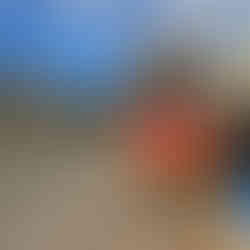
























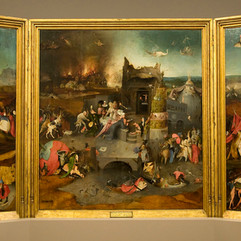













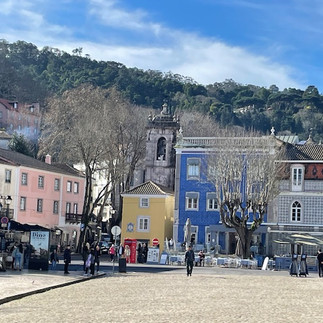






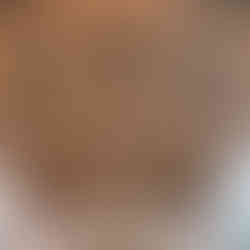








































































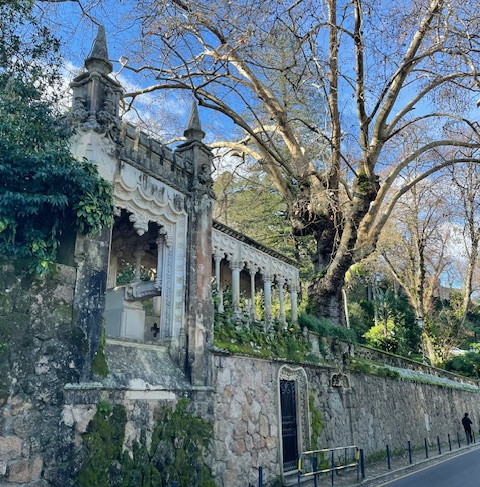














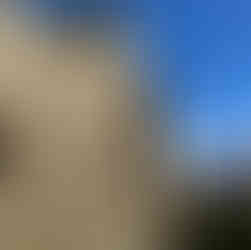










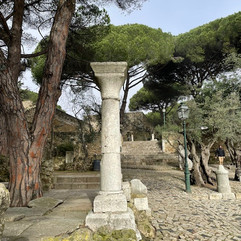

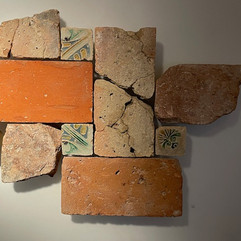

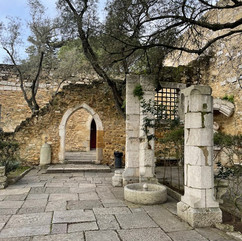
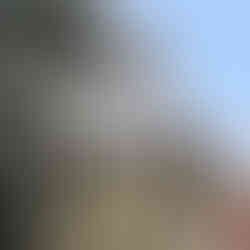









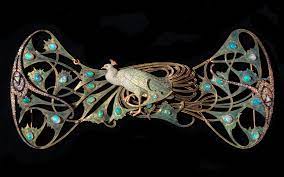
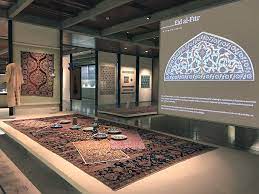


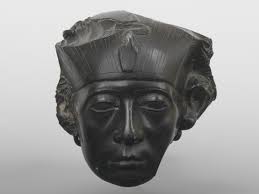
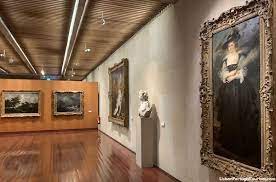
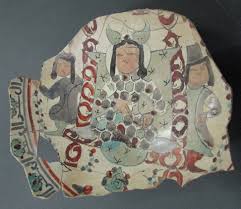


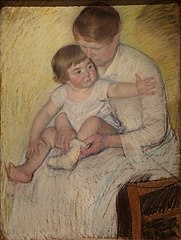





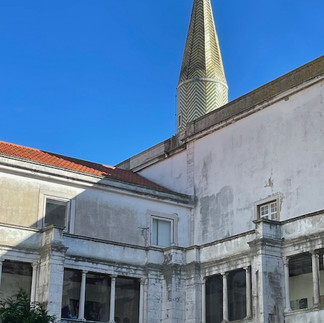











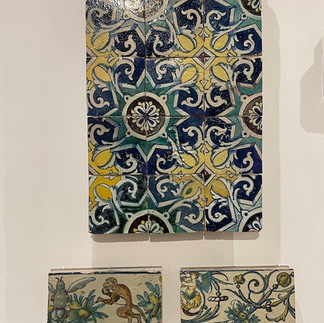









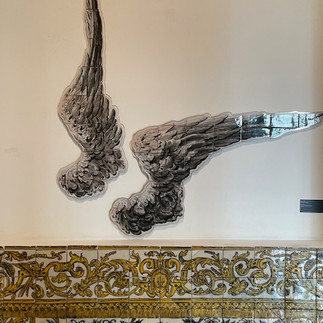

























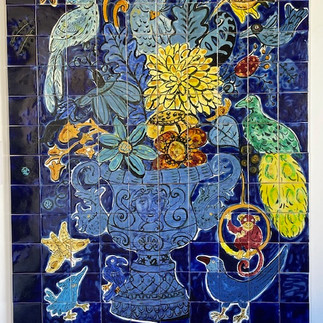















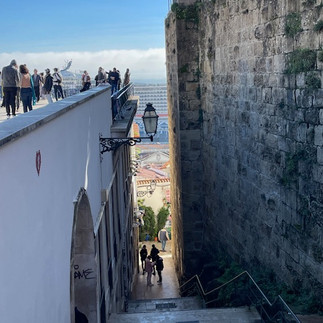






留言